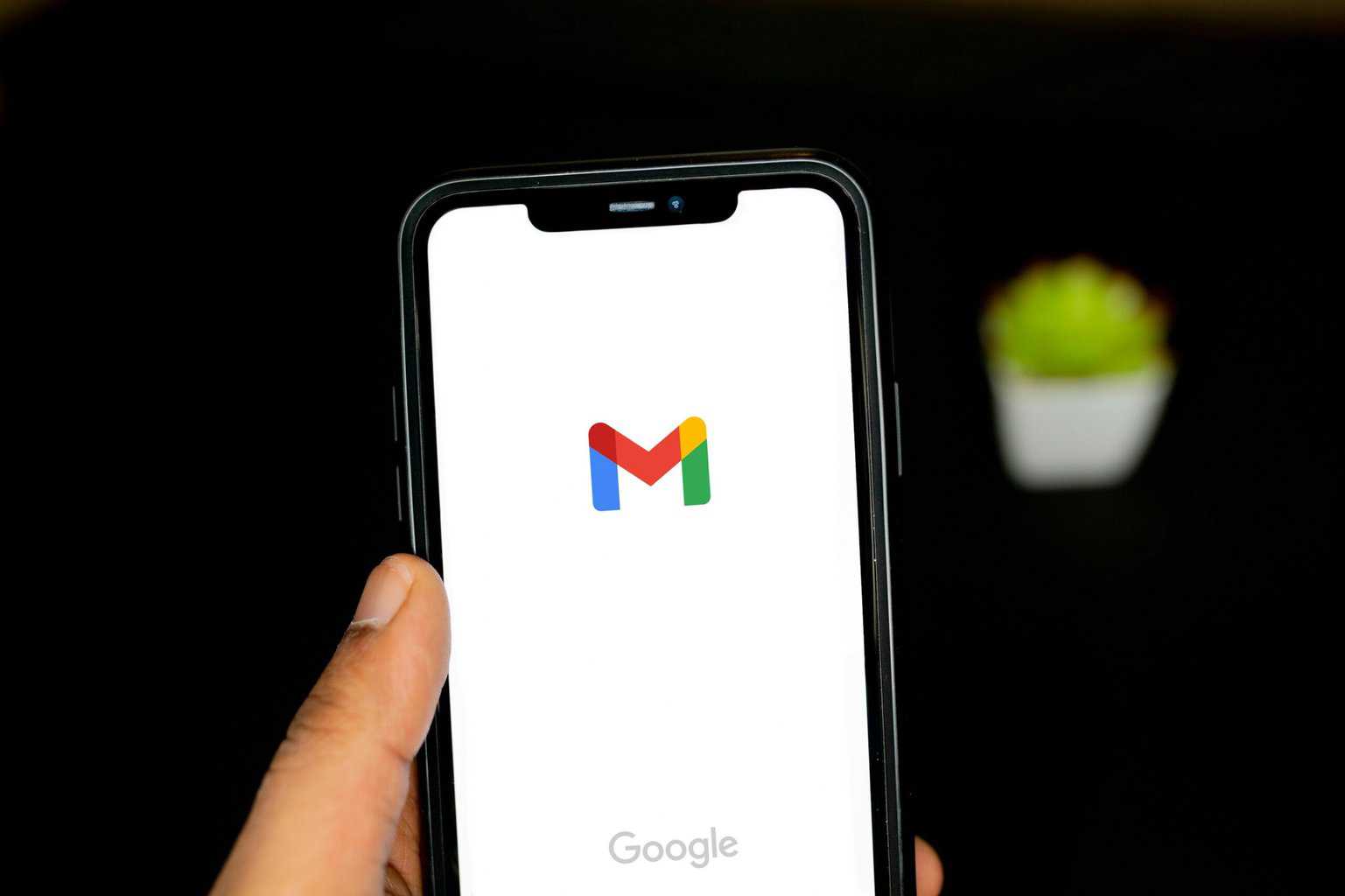Landing an interview is just one step in a highly competitive process.
Most companies interview several candidates multiple times before making the final decision.
That means even if your conversation went well, you’re still competing for attention.
This is where a thoughtfully written thank you email after interview helps you stand out.
Beyond simple courtesy, this email highlights qualities hiring managers value (professionalism and enthusiasm).
It’s also your chance to address anything you forgot to mention or clarify a misunderstanding.
With that said, how do you write a post-interview thank you email to begin with?
That’s exactly what this guide is all about.
But since timing is everything, let’s first answer when to send thank you email after interview.
When You Should (and Shouldn’t) Send a Thank You Email
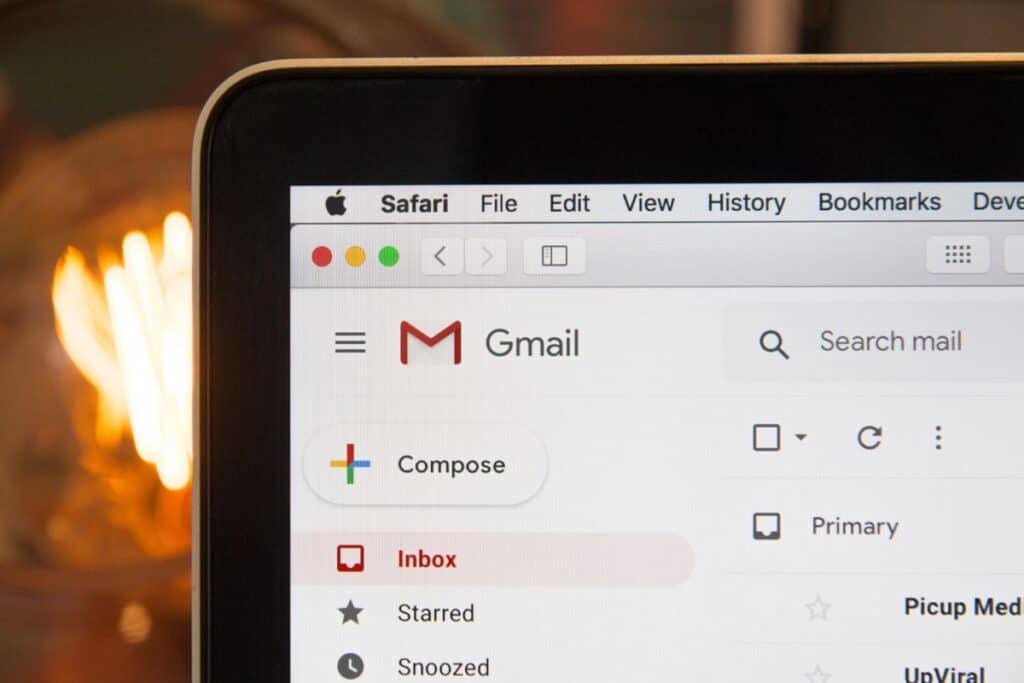
While it’s tempting to fire off a quick and short thank you email after interview, there are some reasons not to rush it.
You need to give yourself some time to reflect and replay the interview multiple times in your head.
By doing so you’ll be able to personalize your message and write a well-thought-out email.
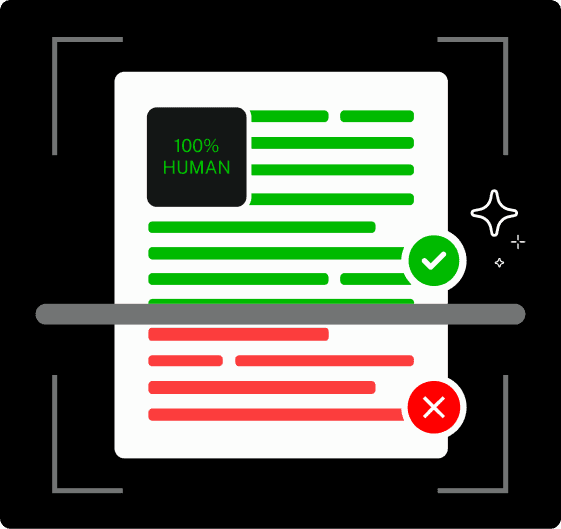
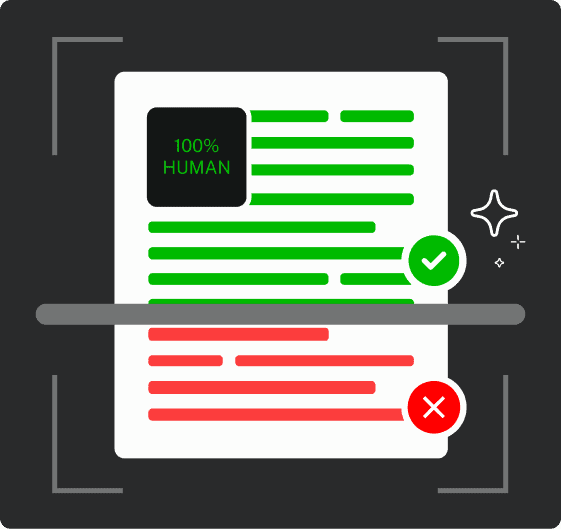
Never Worry About AI Detecting Your Texts Again. Undetectable AI Can Help You:
- Make your AI assisted writing appear human-like.
- Bypass all major AI detection tools with just one click.
- Use AI safely and confidently in school and work.
That’s why sending your thank you email within 24 hours is the most recommended.
If your interview was in the afternoon, sending the email later that evening or early the next morning keeps it relevant while still feeling timely.
But what if you miss that 24-hour window?
A late thank you email—within 48 hours—can still get through if it’s personalized and thoughtful.
After that, though, the impact starts to fade.
That said, there are cases when skipping the thank you email is the better approach.
If you’re just copying a generic template without making it meaningful, it could do more harm than good.
Likewise, if the interview made it clear that the job isn’t for you, a follow-up email isn’t necessary.
How to Write a Thank You Email After an Interview Step by Step
Just like any other formal email, a thank you email after interview has the following essential elements:
- A strong subject line
- A warm yet professional greeting
- The rest of the email body
- A confident closing
Here’s exactly how to write thank you email after interview.
Step 1: Choose the Right Subject Line
Your subject line is the first thing the recipient sees, so don’t waste its potential.
Keep it short and to the point like in any other professional email while making sure it provides enough context.
If your interview was for a specific role or format (such as a Zoom or phone interview), you might want to reference that.
Here are a few sample subject lines you can use:
- Thank You for the Opportunity
- Great Speaking with You Today
- Appreciate Your Time – Follow-up on [Job Title] Interview
- Thank You for the [Job Title] Interview
- Following Up After Our Conversation
Step 2: Open with a Professional Greeting
Your greeting should be polite and appropriate for the level of formality in the interview.
First off, you should address the interviewer by name, using
- “Dear” if it was a formal setting or
- simply “Hi” if the conversation was more casual.
If you spoke with multiple people, it’s best to send individual emails.
But if you’re sending a single email, you should mention them all in the greeting.
Here’s how to open the email body:
- Dear [Interviewer’s Name], I sincerely appreciate the opportunity to speak with you today.
- Hi [1st Interviewer’s Name] and [2nd Interviewer’s Name], I wanted to take a moment to thank both of you for our conversation earlier.
- Hello [Interviewer’s Name], I really enjoyed our discussion about [specific topic] and appreciate the chance to connect.
- Dear [Interviewer’s Name], Thank you for taking the time to meet with me. It was a pleasure discussing [role or company topic].
- Hi [Interviewer’s Name], I just wanted to follow up and express my gratitude for our conversation.
Step 3: Express Genuine Gratitude
A thank you email isn’t complete without actually saying “thank you.”
But rather than a generic statement, you should make it meaningful.
Mention something specific about the interview. This could be anything of the following:
- The insights you gained
- The time they took to meet with you
- An aspect of the role that excites you
Step 4: Mention a Key Takeaway from the Interview
This is where you start personalizing your message.
Mention something memorable from the conversation, such as:
- A challenge the team is facing
- A project they’re working on
- A value the company holds
Mentioning such details shows you were engaged and listening.
A couple of ways to put it can be:
- I especially enjoyed learning about [specific project or initiative]. It aligns perfectly with my background in [related skill], and I’d love the chance to contribute to its success.
- Hearing about your team’s approach to [specific process] was fascinating. It’s exciting to see how [Company Name] is pushing the boundaries in this space.
Note that all the examples in this guide are hypothetical.
So optimize them for your use case if you’re using them.
Step 5: Reinforce Your Interest in the Position
Hiring managers want to know that you’re genuinely excited about the role.
So the thank you email after interview should also include a reaffirmation of your enthusiasm to remind them why you’d be a great fit.
Here are a couple of demo reaffirmation sentences:
- After our discussion, I’m even more convinced that this role is a great fit for my skills and interests. I’d be thrilled to bring my experience in [specific skill] to your team.
- Our conversation confirmed that this position aligns perfectly with my career goals, and I’d be honored to bring my expertise to your organization.
Step 6: Offer to Provide Additional Information
Sometimes, you may want to follow up on something mentioned in the interview or offer additional details.
Keep it brief, but let them know you’re happy to provide more if needed.
You could say:
- Please let me know if you need any additional information from me. I’d be happy to provide references or details on my previous experience.
- If there’s anything else I can clarify, I’d be more than happy to discuss it further.
Step 7: Close with a Professional and Friendly Sign-Off
Your closing should be just like the opening: warm, appreciative, and professional.
End on a positive note that leaves the door open for further communication.
Here are a few examples:
- Thanks again for your time and consideration. I look forward to hearing from you soon!
- I truly hope to stay in touch. Looking forward to the next steps!
And finally, don’t forget to sign off with a simple and professional closing like:
- Best regards,
- Many thanks,
- Warmest regards,
- Looking forward to staying in touch,
Once you’re done, proofread and make sure the draft meets all qualities of a short thank you email after interview.
Best Thank You Email Templates for Different Situations
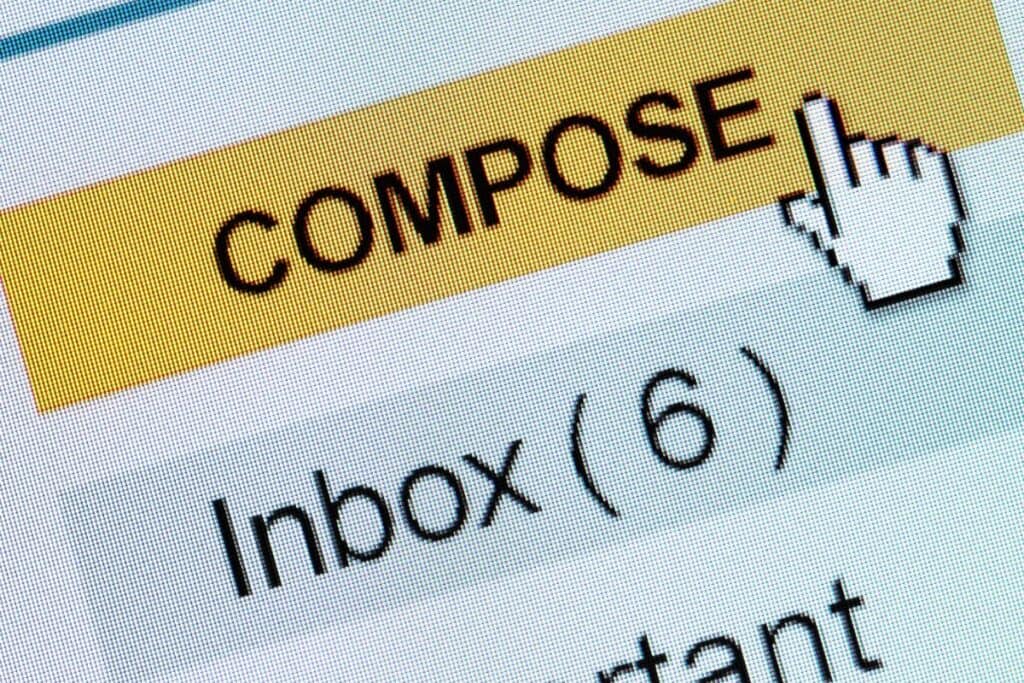
A well-written thank you email after interview can leave a lasting impression if written well and according to the scenario.
Below are concise and adaptable templates for different scenarios.
Short and Simple Thank You Email Example
| To | [Write Recipient’s email address here] |
| Subject | Thank You for the Opportunity |
| Dear [Interviewer’s Name], I appreciate the opportunity to speak with you about the [Job Title] position at [Company Name]. It was great learning more about the team and how this role contributes to [specific company goal or project]. I’m excited about the possibility of joining [Company Name] and contributing my skills to your team. Please don’t hesitate to reach out if you need any further information from me. Looking forward to staying in touch! Best regards,[Your Name] | |
Thank You Email After a Panel Interview Example
| To | [Write Recipient’s email address here] |
| Subject | Thank You for the Great Conversation |
| Dear [1st Interviewer’s Name], [2nd Interviewer’s Name] and [3rd Interviewer’s Name], It was a pleasure speaking with all of you today about the [Job Title] position. I truly enjoyed learning more about [Company Name] and how your team collaborates to achieve [specific goal or initiative discussed]. I appreciate the insights you each shared and am even more excited about the opportunity to bring my experience in [relevant skill] to your team. If there’s anything else I can provide, please let me know. Thanks again for your time, and I hope to have the chance to work with you all in the future. Best,[Your Name] | |
Follow-Up Thank You Email If You Haven’t Heard Back
A follow-up email after no response has its own set of etiquette and timing.
Here’s a sample template for that.
| To | [Write Recipient’s email address here] |
| Subject | Following Up on [Job Title] Interview |
| I hope you’re doing well. I wanted to follow up and see if there are any updates regarding the [Job Title] position. I’m still very excited about the opportunity to join [Company Name] and contribute to [specific project or goal mentioned in the interview]. I appreciate the time you took to speak with me and look forward to any updates you can share. Please let me know if there’s anything else you need from me in the meantime. Looking forward to hearing from you soon! Kind regards,[Your Name] | |
Thank You Email After a Second or Final Interview
| To | [Write Recipient’s email address here] |
| Subject | Thank You – Excited About the Next Steps |
| Dear [Interviewer’s Name], Thank you again for the opportunity to meet and discuss the [Job Title] position. After our conversations, I’m even more excited about the possibility of joining [Company Name] and contributing to [specific project or company goal]. I appreciate the time and effort you and the team have put into this process, and I look forward to hearing about the next steps. Please let me know if there’s anything else I can provide in the meantime. Warmest regards,[Your Name] | |
When and How to Send Your Thank You Email
A well-timed thank you email after interview can keep you top of mind with the hiring team.
Here are a few additional things to know.
The Best Timing for Maximum Impact
As I mentioned earlier, the best time to send your thank you email is within 24 hours of your interview.
The conversation is still fresh within 24 hours and you also get enough time to reflect and write a meaningful message.
If you’re unable to send it within this window, within 48 hours is still acceptable, but the sooner, the better.
Should You Send a Thank You Email to Multiple Interviewers?
Yes, if you interviewed with multiple people, it’s best to send each person a personalized email.
Showing your enthusiasm to each interviewer increases your chances of getting hired.
But that can also be done through a single email.
So if you choose to send one email to the entire panel, be sure to address each recipient by name and ensure the message feels relevant to everyone.
Make it clear that you value each person’s input.
How to Improve Your Job Search Process
Job search shouldn’t involve sending out as many applications as possible.
Instead, it takes working smarter.
By streamlining your applications and optimizing your resume, you can improve your chances of landing interviews without wasting hours on repetitive tasks.
Streamline Your Job Applications
Manually applying to jobs can be exhausting, especially because you have to personalize the application for each recruiter.
That’s where our AI-powered Smart Applier can help.
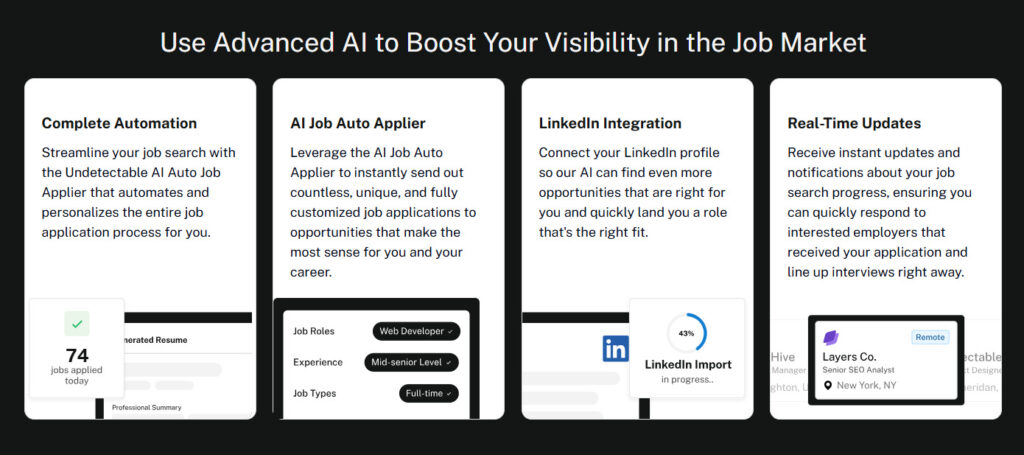
Getting started is simple:
- Upload your resume and connect your LinkedIn profile
- Fill out a few quick prompts so our AI understands your career goals
- Let our AI apply to jobs that match your profile
- Receive customized applications that get responses
Optimize Your Resume for Future Interviews
A strong resume makes landing interviews easier, and a generic one does the opposite.
To improve your chances, make sure your resume is tailored to highlight your most relevant skills and experience.
Our AI-powered Resume Builder automates this process.
Here’s how it works:
- Choose a Template – Pick from a selection of professionally designed resume templates that align with your career goals.
- Customize with AI – Our smart resume builder optimizes your content with industry-specific keywords and expert recommendations.
- Download & Apply – Save your polished resume in multiple formats and use it to confidently apply for jobs or leave that to our AI Job Application Bot.
If you want to save time and instantly draft a polished thank you message, the AI Email Generator is a powerful tool to try.
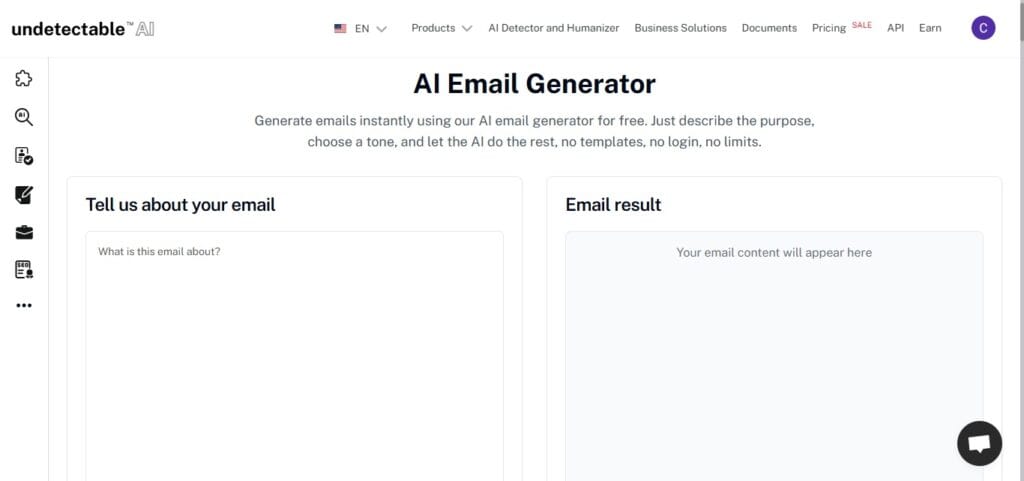
Just input a few key details—like the interviewer’s name, job title, and the tone you want—and it’ll generate a professional, post-interview email that’s ready to customize and send.
It’s ideal when you want to sound confident, courteous, and thoughtful without overthinking every sentence.
You can also see how the Humanizer works using the widget below!
How to Keep It Personalized and Authentic
A generic thank you email won’t leave a lasting impression.
Therefore, personalizing your message by including specific details from the interview is the way to go.
You have to make the interviewer feel that their time and insights truly matter to you.
Following Up Again If You Don’t Receive a Response
Sometimes, emails get buried in a busy inbox, and a polite follow-up can bring yours back to attention.
If you haven’t received a response within a week, it’s okay to check in with a short, professional follow-up email.
Keep it direct and to the point. Here you’ll express your continued interest, restate your appreciation, and ask if there are any updates on the hiring process.
Including a couple of open-ended questions can also increase the chances of getting a response.
Write Thank You Emails Like a Pro!
A thank you email after interview may feel like a simple courtesy, which it is.
However, it also has a valuable impact.
It makes you stand out among the candidates and increases your chances of recruitment.
This guide listed how to deliver that impact in a granular manner.
But if you ever need help applying for jobs or writing a strong thank you email, Undetectable AI’s suite of tools is at your service.
Simply sign up and start.
